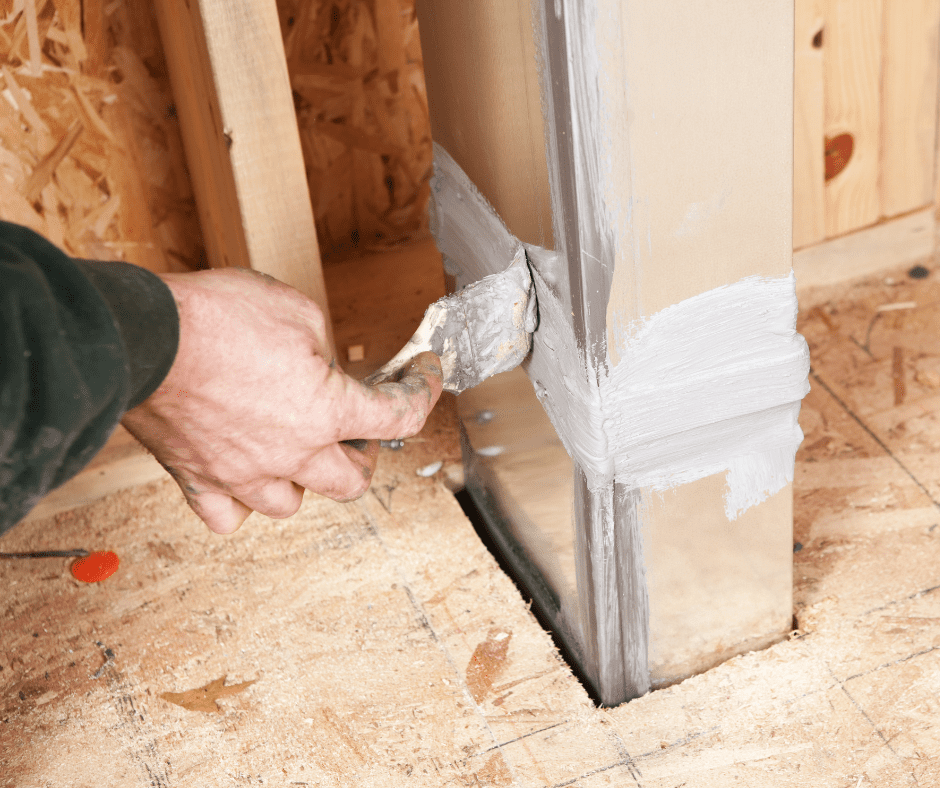
When a new space, such as a furnished attic or basement, is added to a home, controlling the climate requires a little more thought. Attics can be particularly challenging when it comes to climate control; however, there are a variety of options that can help you achieve your desired comfort levels. If you have the proper HVAC system for your attic but still are not as comfortable as you would like, try one of the following solutions.
Air Leaks
Although air leaks might sound insignificant, even the smallest crack of outdoor air infiltrating your attic can cause unpleasant temperature fluctuations. You will want to make a small investment in insulation, caulk or weatherstripping to patch them up. Common places for attics to leak are walls, ceilings, doors, and windows. By sealing leaks, you will not only improve your comfort but also decrease the amount of stress on your HVAC system and lower your utility bills.

Ventilation
Attics are generally not built with proper ventilation because they are not typically designed for occupants but rather for storage. Ventilation is essential all year round, but it is especially beneficial in reducing hot air buildup in the summer. Hot and humid air rises into the attic, which can become trapped in the space. Ventilation allows for air circulation, which keeps the air cool. During all seasons, ventilation is essential for preventing moisture buildup that can lead to structural damage and mold. Ventilator fans are one option that many homeowners choose, but they are not the only alternative suitable for attics. To know the right choice for your home’s attic, consult a professional HVAC technician.
Insulation
Insulation slows the transfer of heat from a hot space to a cooler space. If you have not finished your attic yet and are planning to in the future, adding as much insulation as possible ahead of time will help regulate the space’s temperature. If you have already completed your attic renovation, don’t fret. There are minimally invasive methods to add insulation to a finished attic. The first is spray foam. Small holes are drilled into the walls to spray in the foam, but they are easy to patch once insulation has been added. The second option is to add insulated roofing. Insulated roof panels can regulate temperature by preventing heat transfer through the roof. Roof insulation is a more considerable investment, but you’ll reap the benefits for your entire home and save significantly on your energy bill.
Window Treatments
Adding shades to windows will allow you to control the amount of radiant heat in your attic. Radiant heat has more impact on the temperature of a room when it gets direct sunlight, and attics get a lot of direct sunlight. In the summer, using blackout curtains will keep the space cooler and require less of your HVAC system. Conversely, opening the shades in the winter will allow for natural heat to enter your attic. Using curtains is yet another way to save money on your utility bill and extend the life of your HVAC unit.

Manage Humidity
If you are still uncomfortable in your attic, heating and cooling issues might not be the cause. Humidity, or the lack thereof, can heavily impact how warm or cool we feel. Most smart thermostats include humidity readings or test your home’s humidity and aim for a range between 30% and 50% for optimal comfort.
We hope you found this article helpful and look forward to continuing to ensure your comfort and safety. Thank you for choosing CPS.
If you are in need of more information or would like to schedule a free consultation, you can reach us at 508-460-6691 or fill out this form.





